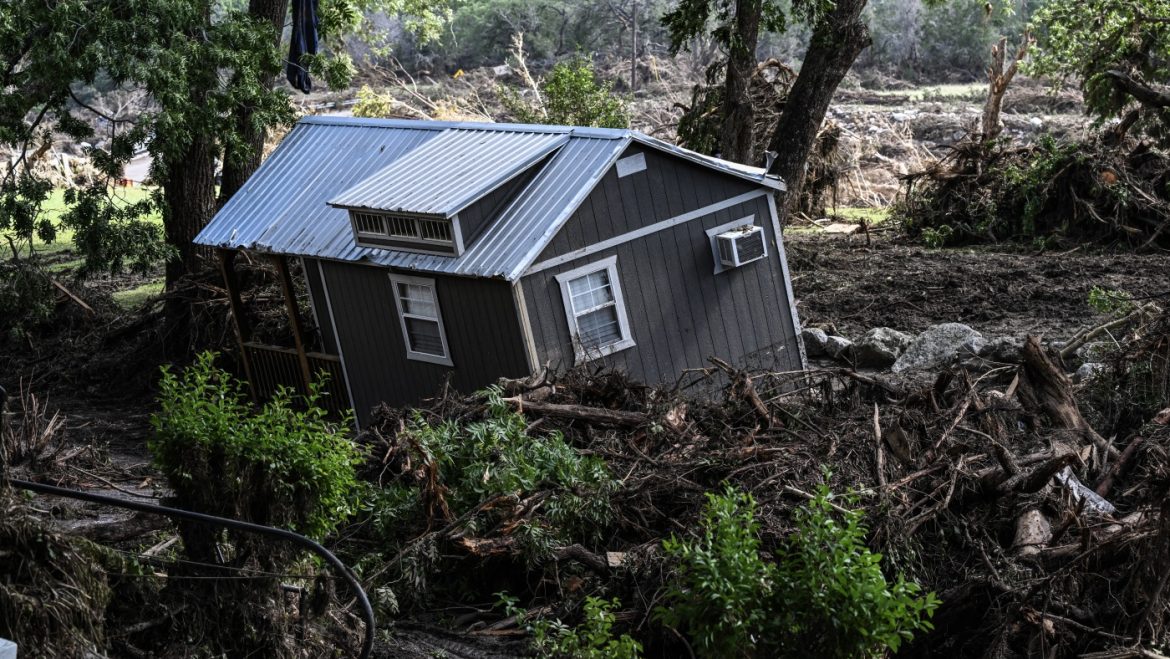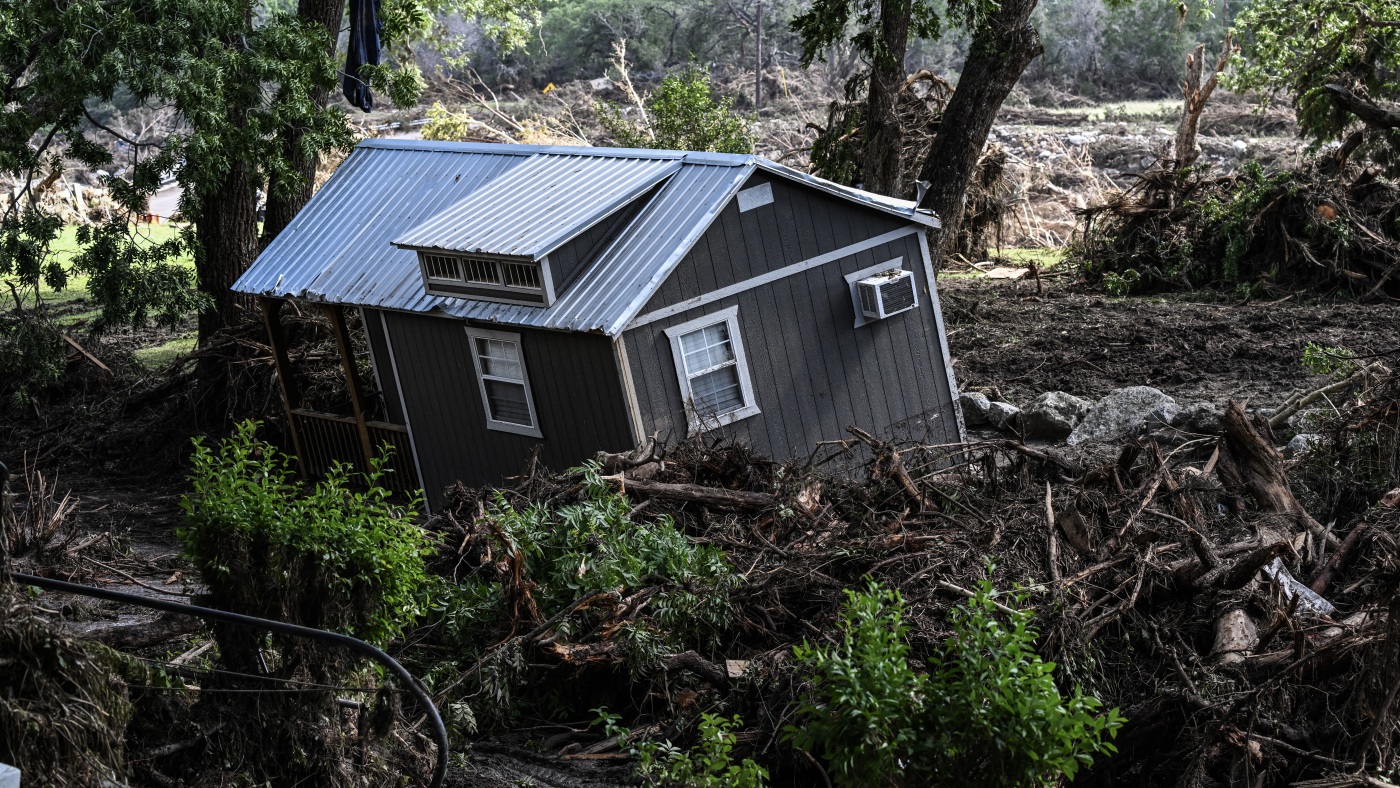The recent catastrophic floods in Texas have left an indelible mark on the state, exposing vulnerabilities in disaster preparedness and response systems. The deluge, which struck over the Fourth of July weekend, resulted in over 100 deaths and left more than 160 individuals missing. The devastation has sparked critical discussions about the immediate impact, ongoing search and rescue efforts, and the broader implications for Texas and its residents.
The Deluge: A Catastrophic Convergence of Factors
The floods were triggered by unprecedented rainfall, which overwhelmed drainage systems and riverbanks. Several factors contributed to the severity of the disaster, including the geographic vulnerability of central Texas. The region’s topography, characterized by hills and narrow river valleys, exacerbated the flooding as water quickly gathered momentum and force. Additionally, inadequate warning systems left many residents with little time to react, highlighting the need for robust and timely alert mechanisms.
The sheer volume of rainfall within a short period was a significant factor in the disaster. Meteorologists reported that some areas received over 20 inches of rain in just a few days, a volume that drainage systems were not designed to handle. This intense rainfall led to flash floods that surged through towns and campsites, causing widespread destruction. The lack of adequate infrastructure to manage such extreme weather events underscores the need for investment in resilient infrastructure.
The Human Cost: Loss, Grief, and Resilience
The human cost of the Texas floods is immeasurable. Families have been torn apart by the loss of loved ones, and communities are grappling with profound grief and trauma. Among the hardest hit were families at a girl’s summer camp, where the emotional wounds will take a long time to heal. The need for mental health support services will be paramount in the coming months and years.
Amid the sorrow, stories of resilience and heroism have emerged. Volunteers from near and far have converged on the affected areas, offering assistance with search and rescue operations, providing food and shelter, and helping to clear debris. These acts of kindness and solidarity offer a glimmer of hope amidst the darkness and demonstrate the unwavering spirit of the Texan people. The outpouring of support from the community has been a testament to the strength and unity of the state.
The Search Continues: A Race Against Time
Days after the floods, search and rescue teams continue their grim task of combing through the debris in search of the missing. The effort involves a coordinated response from local, state, and federal agencies, utilizing specialized equipment and trained personnel. The search is fraught with challenges, including the vastness of the affected area, the presence of hazardous debris, and contaminated water. The passage of time also diminishes the likelihood of finding survivors, adding to the urgency and emotional strain on the search teams.
Technological assistance has been crucial in the search efforts. Drones, sonar technology, and cadaver dogs are being deployed to aid in locating potential victims and navigating the difficult terrain. These tools have proven invaluable in the search and rescue operations, helping to cover large areas quickly and efficiently. Community involvement has also been instrumental, with volunteers assisting with logistics, providing meals to the search teams, and offering emotional support to the families of the missing.
The Political Landscape: Scrutiny and Accountability
The Texas flood disaster has inevitably entered the political arena, with questions raised about the government’s response and preparedness. Governor Greg Abbott has vowed to continue the search and rescue efforts and has promised to provide resources for the affected communities. However, he has also faced scrutiny for his administration’s handling of the crisis. Critics have pointed to potential shortcomings in warning systems, infrastructure resilience, and disaster relief efforts.
The federal government has pledged support to Texas, with the Federal Emergency Management Agency (FEMA) providing assistance with disaster relief and recovery efforts. The extent and timeliness of federal aid will be crucial in helping the state rebuild. The disaster may have long-term political consequences, with potential implications for upcoming elections. Voters will likely scrutinize the performance of elected officials and demand accountability for any perceived failures in disaster preparedness and response.
Lessons Learned: Strengthening Resilience for the Future
The Texas floods serve as a stark reminder of the vulnerability of communities to natural disasters and the importance of proactive measures to mitigate risk. Several key lessons can be learned from this tragedy. Investing in infrastructure, such as drainage systems and levees, is essential to protect communities from flooding. Implementing robust and timely warning systems can give residents the opportunity to evacuate or take necessary precautions.
Enhancing disaster preparedness is crucial for communities to develop comprehensive plans, including evacuation routes, emergency shelters, and communication strategies. Promoting public awareness about flood risks and safety measures can help to reduce the impact of future disasters. Addressing climate change is also vital, as the increasing frequency and intensity of extreme weather events are linked to climate change. Taking action to reduce greenhouse gas emissions is crucial to mitigate the risks of future disasters.
Rebuilding and Recovery: A Long Road Ahead
The recovery process for the affected communities will be long and arduous. Rebuilding homes, businesses, and infrastructure will require significant financial resources and a coordinated effort from government agencies, private organizations, and volunteers. Providing financial assistance to homeowners, businesses, and local governments is essential to help them rebuild and recover.
Addressing the housing needs of displaced residents is a top priority. This may involve providing temporary shelter, repairing damaged homes, or building new affordable housing. Supporting businesses and creating jobs are crucial to revitalizing the local economy. Providing mental health services and fostering community engagement can help residents cope with trauma and rebuild their lives.
A Flood of Sorrow, a Tide of Resolve
The Texas floods have inflicted immense suffering on the state and its people. The loss of life, the destruction of property, and the emotional trauma will linger for years to come. However, amidst the despair, the tragedy has also revealed the resilience, compassion, and unwavering spirit of the Texan people. As the state begins the long process of rebuilding and recovery, it is imperative that lessons are learned, proactive measures are taken, and communities are strengthened to face the challenges of the future. The memory of those lost must serve as a constant reminder of the importance of preparedness, resilience, and unity in the face of adversity.


